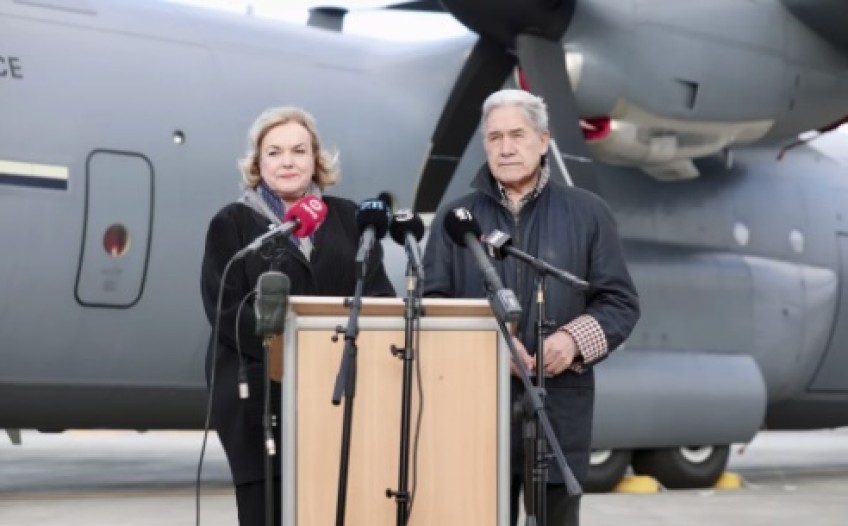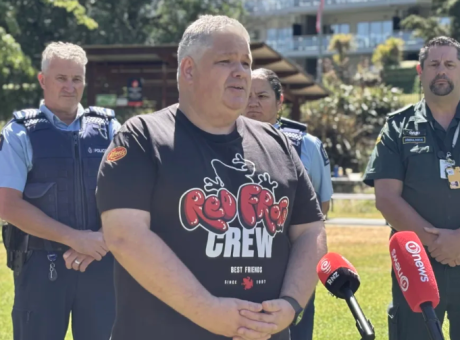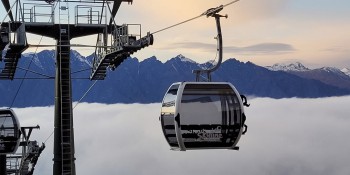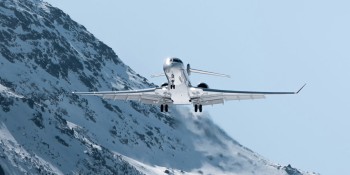Government spends $2.7 billion on new aircraft

The government has revealed the planes chosen to replace the Defence Force's ageing 757s, and a fleet of helicopters to be based on New Zealand's frigates.
Defence Minister Judith Collins and Foreign Minister Winston Peters unveiled the plans to purchase five MH-60R Seahawk helicopters to replace the existing maritime fleet, and two Airbus A321XLR aircraft to replace the 757s.
The helicopters make up the bulk of the total $2.7 billion expense, costing more than $2b, while the planes account for a $620 million capital cost and four-year operating cost of $80.86m under a six-year lease-to-buy agreement.
They would be procured directly through the United States' Foreign Military Sales programme instead of going to a wider tender, with Cabinet to consider the final business case next year.
The more than 44-metre Airbus model is a long-range aircraft and can fly 11 hours or 8700km non-stop, can carry up to 9100kg of cargo and up to 244 passengers - but a standard commercial layout would accommodate half that. It can be crewed by just three people, but the usual standard is seven.
The nearly 20-metre Seahawks require three crew, can reach speeds up to 333km/h and fly up to 963km, and can carry up to 1500kg. They are armed with an Mk54 anti-submarine torpedo, AGM-114 Hellfire air-surface missiles, crew-served machine guns and Advanced Precision Kill Weapon Systems.
Collins said they would "ensure New Zealand has a critical combat capable, interoperable and dependable fleet", with the Seahawks being versatile and adding combat and deterrent capability.
"The MH-60R Seahawk is a great aircraft for what New Zealand needs and fulfils our objective of having a more integrated Anzac force, and the new planes will give us reliable aircraft to deploy personnel and respond to international events," she said.
"The decision to acquire the extra long range aircraft reflects the importance of having an aircraft capable of such things as returning safely from Antarctica if it is unable to land due to conditions on the ice."
Peters said it showed the government was responding to a "sharply deteriorating security environment".
"Global tensions are increasing rapidly, and we must invest in our national security to ensure our economic prosperity."
Defence Capability Plan
In April, the coalition government announced its 2025 Defence Capability Plan, setting out a spending blueprint for the next 15 years.
The plan shows a boost in New Zealand's defence spending to $12 billion, $9b of which is new spending over the next four years.
The government has committed to reviewing the plan every two years.
According to the plan, given the "deteriorating strategic environment", New Zealand's military needs to be "increasingly combat capable, interoperable with our partners, able to act as a force multiplier with Australia, and make the most of innovation which allow us to be more effective".
Some of the most expensive projects are replacing maritime helicopters (estimated to cost at least $2b), investment in software (at least $1b), replacing the Boeing 757 fleet (up to $1b), new armoured vehicles (up to $1b), and investment in defence estate assets (up to $1b).
Collins has also mentioned uncrewed inflatable boats, drones, and long-range aircraft.





















